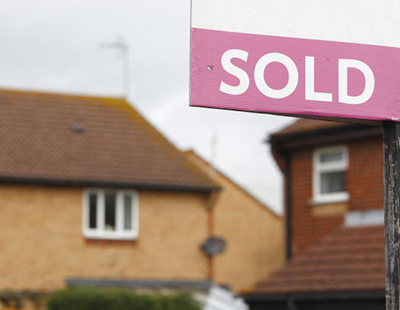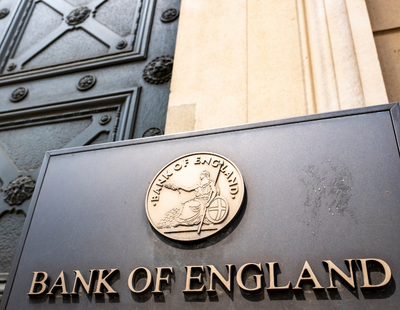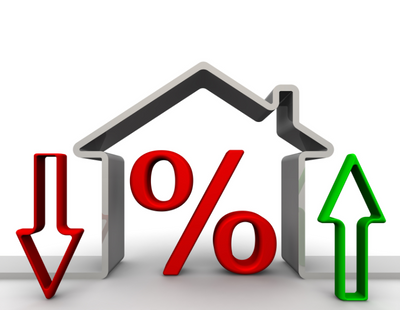Robert Gardner, chief economist for Nationwide, said: “October saw a sharp slowdown in annual house price growth.
“The market has undoubtedly been impacted by the turmoil following the mini-Budget, which led to a sharp rise in market interest rates.
“Higher borrowing costs have added to stretched housing affordability at a time when household finances are already under pressure from high inflation.”
He said the market looks set to slow in the coming quarters, adding: “Inflation will remain high for some time yet and base rate is likely to rise further as the Bank of England seeks to ensure demand in the economy slows to relieve domestic price pressures.
“The outlook is extremely uncertain, and much will depend on how the broader economy performs, but a relatively soft landing is still possible.”
Gardner highlighted that longer term borrowing costs have fallen back in recent weeks and may moderate further if investor sentiment continues to recover.
He said: “Given the weak growth outlook, labour market conditions are likely to soften, but they are starting from a robust position, with unemployment at near 50-year lows.
“Moreover, household balance sheets appear in relatively good shape with significant protection from higher borrowing costs, at least for a period, with over 85% of mortgage balances on fixed interest rates. Stretched housing affordability is also a reflection of underlying supply constraints, which should provide some support for prices.”
Marc von Grundherr, director of estate agency Benham and Reeves, suggested a price reduction should be welcomed.
He said: “The monumental levels of house price appreciation seen throughout the pandemic market boom just simply aren’t sustainable and it’s far better the market steadily returns to normality, rather than crashing back down to earth with a bump.”
Tom Bill, head of UK residential research at Knight Frank, added: “Mortgage market volatility that followed the mini-Budget caused prices to fall in October and we expect downwards pressure to persist despite the steadying effect of a new government.
“Demand will come under more pressure next year as a growing number of people come to the end of fixed-rate deals and mortgage offers made earlier this year when rates were lower begin to lapse.
“Government stability will help underpin transactions but we are witnessing a fundamental shift in rates take place after 13 years of ultra-low borrowing costs that will lead to price declines. Low unemployment, tight supply and well-capitalised lenders mean we should avoid the kind of double-digit falls seen during the financial crisis.”
It comes as HMRC data showed residential property Stamp Duty transactions in the third quarter of 2022 were 11% higher than in the second quarter.
Receipts were also 21% higher than the second quarter and up 46% annually.
Commenting on the figures, Nathan Emerson, chief executive of Propertymark, said: “These figures show how resilient the housing market has been throughout the summer despite the tightening cost-of-living pressures, and also how important it is to the wider economy.
“Our member agents say the changes to the Stamp Duty threshold is already having a positive effect on the confidence of their buyers and sellers, after the hit it had taken because of sharp mortgage rate rises.
“While Stamp Duty changes tend to be aimed at first-time buyers, they can also incentivise right-sizers which in turn frees up homes for those wanting to move up the ladder. This will help to keep the market moving and that’s clearly going to be good news for the Prime Minister and Chancellor ahead of their budget later this month.”
















.png)


.png)




Join the conversation
Be the first to comment (please use the comment box below)
Please login to comment